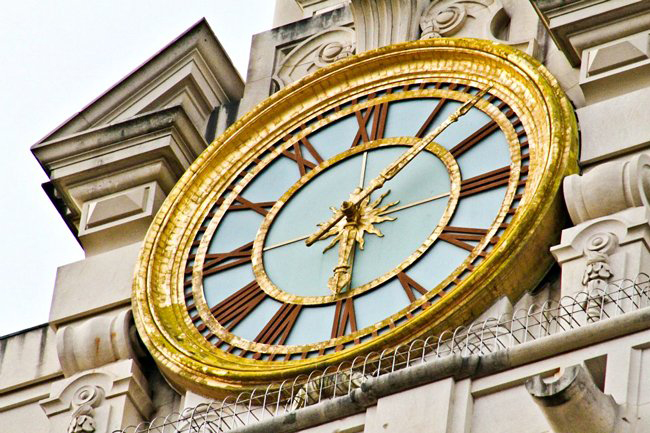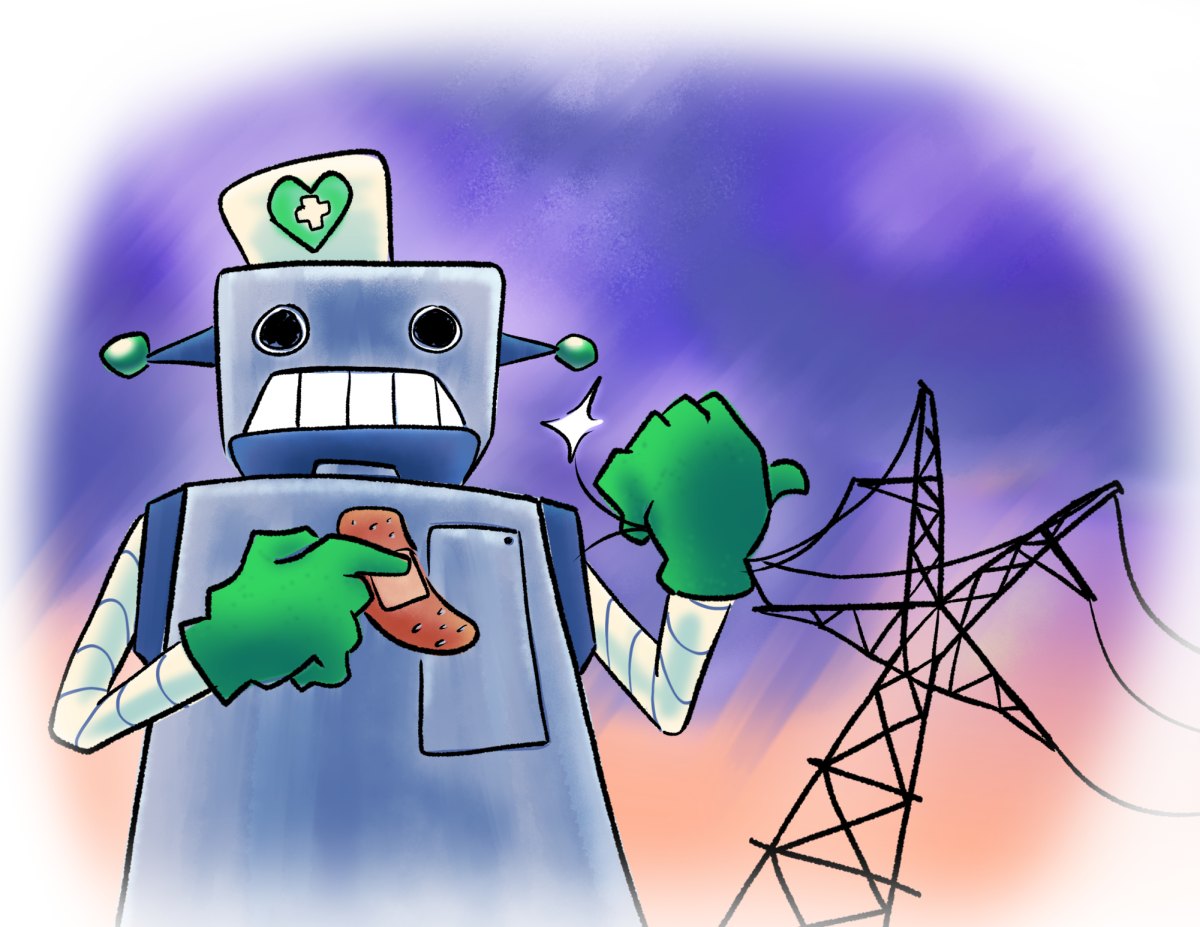Sources of revenue on University Lands are well developed today and include successful business ventures in the energy, beverage and agriculture industries, but the pathway to creating that network of income has been riddled with interesting experiments and proposals, university officials said.
For every successful business venture proposed on University Lands, there’s another long list of failed ideas that never amounted to much, executive director James Benson said.
“We’ve had tons of crazy ideas proposed over the years,” Benson said. “Most of the time they just show up at the door. People look for large blocks of land, so we’re a target because we have those large blocks of land. It’s in the desert, so no one thinks it has value. They just believe we would welcome anything.”
Ideas are proposed by both academics and entrepreneurs, Benson said.
“Some are just plain crooks,” he said.
Others ideas are not economically feasible, Benson said.
“My favorite one was called EnviroMission,” Benson said. “The guy wanted to build a tower in the middle of the desert that would be as tall as the empire state building.”
He said the tower would be hollow and have a greenhouse umbrella to generate a convection current that would turn wind turbines to generate electricity.
“Now, we’re talking millions of dollars to generate about 100 megawatts of power — which would be very expensive per kilowatt hour,” Benson said. “I thought we should get a bungee jumping concession to make some money off that.”
There is a delicate balance the managers of University Lands have to strike when considering ideas, Steve Hartmann, former University Lands executive director, said. Hartmann said juggling the various interests on University Lands involved a lot of decision making during his 35 years of director, but was also enjoyable.
“It was always interesting,” Hartmann said. “One of the things I always enjoyed was that you were always having to learn something new for the things we got involved with. By the time you thought you had seen everything, you’d find out you haven’t.”
Timeliness can be a factor to the viability of a proposed University Lands project. Although Hartmann and Benson both recall failed negotiations with companies interested in growing native guayule on University Lands for rubber production in recent years, the plant was successfully marketed by the University System a century ago.
Regent George W. Brackenridge was praised in the April 15, 1910 edition of the University of Texas Record for his work in facilitating the sale of $30,000 of guayule that grew on University Lands. Maximum annual revenue for the University Lands during Brackenridge’s tenure was $120,000, the publication said. The UT Board of Regents in their 1908 biennial report called the sale of the guayule a “windfall” that helped raise funds for a University power plant and library. On Oct. 21, 1943, the Tulia Herald also reported a purchase of guayule from University Lands by the U.S. Department of Agriculture. For an undisclosed amount of money, the USDA purchased guayule shrubs on 176,000 acres of University Lands according to the report.
“We try a lot of different things in terms of trying to find the best use of the land,” Hartmann said. “One of the goals is always to diversify the revenue stream. Over the years we’ve tried to grow a number of different crops. That’s how we got the vineyard.”
What started out as a research experiment involving grapes in 1974, transformed one patch of University Lands into Texas’ largest vineyard. Other attempts to grow almonds, pistachios, algae, olive trees and jojoba beans didn’t succeed, Hartmann said.
He said finding the space to accommodate new projects on University Lands can be difficult.
“There is not a single acre that is not leased,” Hartmann said. “In many cases it’s leased for multiple purposes. You have a lot of people out there. When someone comes in with an idea, generally it’s going to move someone else out of the way. It’s got to have significant merit before we tell someone else to get out of the way.”
Limited space was a problem when UT Austin researchers approached Hartmann about testing a rail gun invented by the Center for Electromechanics. The gun used electromagnetic force, rather than chemical energy to fire projectiles.
“This thing would shoot a projectile at phenomenal speeds and phenomenal distances,” Hartmann said. “We were looking for a place to shoot this thing for a number of miles and we couldn’t have any power lines in the way. We couldn’t have any oil wells nearby or any pipelines. I looked for many days and there wasn’t a single place on the 2.1 million acres where there was a place to test the rail gun.”
Just because an idea doesn’t have a future on the University Lands doesn’t mean it is without merit, Hartmann said. Some of the projects find success elsewhere. The rail gun eventually was tested in the early 1990s at the Pickle Research Campus, where it propelled a projectile into the ground according to Lori Moore, administrative manager of the Center for Electromechanics.
“We haven’t used it since the end of the project, but we still have a rail gun pointed into a 150 [foot] hole in the ground,” Moore said.
Hartmann said profitability and feasibility factor in with potential impact on the land.
“A lot of these things produce a lot of long-term changes on the land that you might not even think of, so you have to be pretty judicious about how you do it and where you do it,” Hartmann said.




















